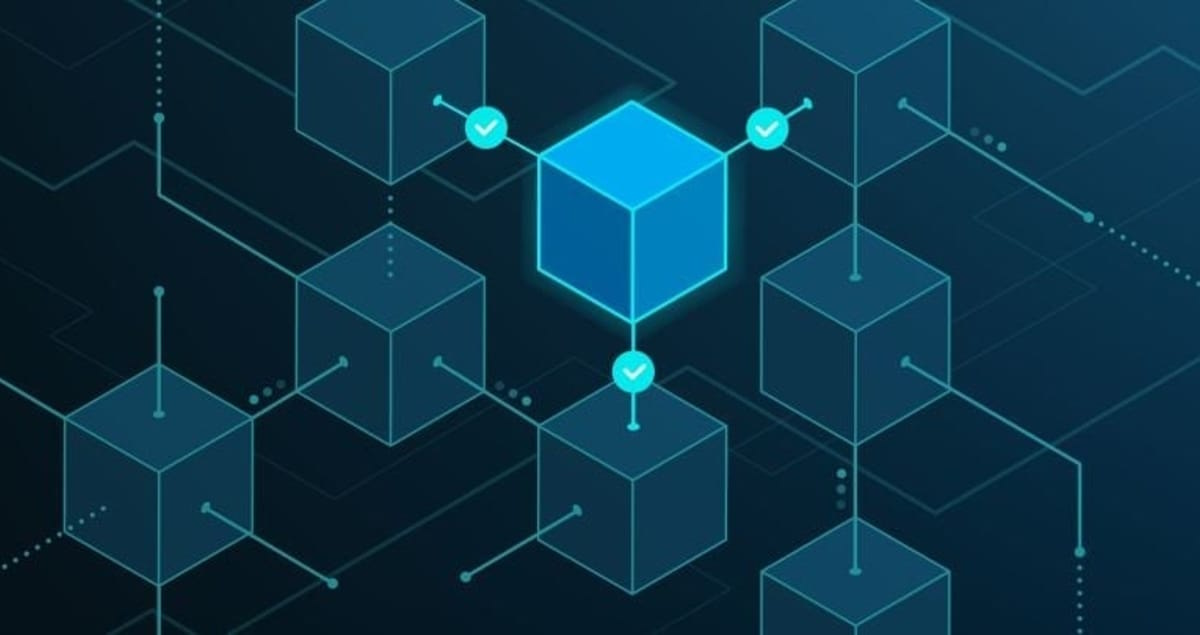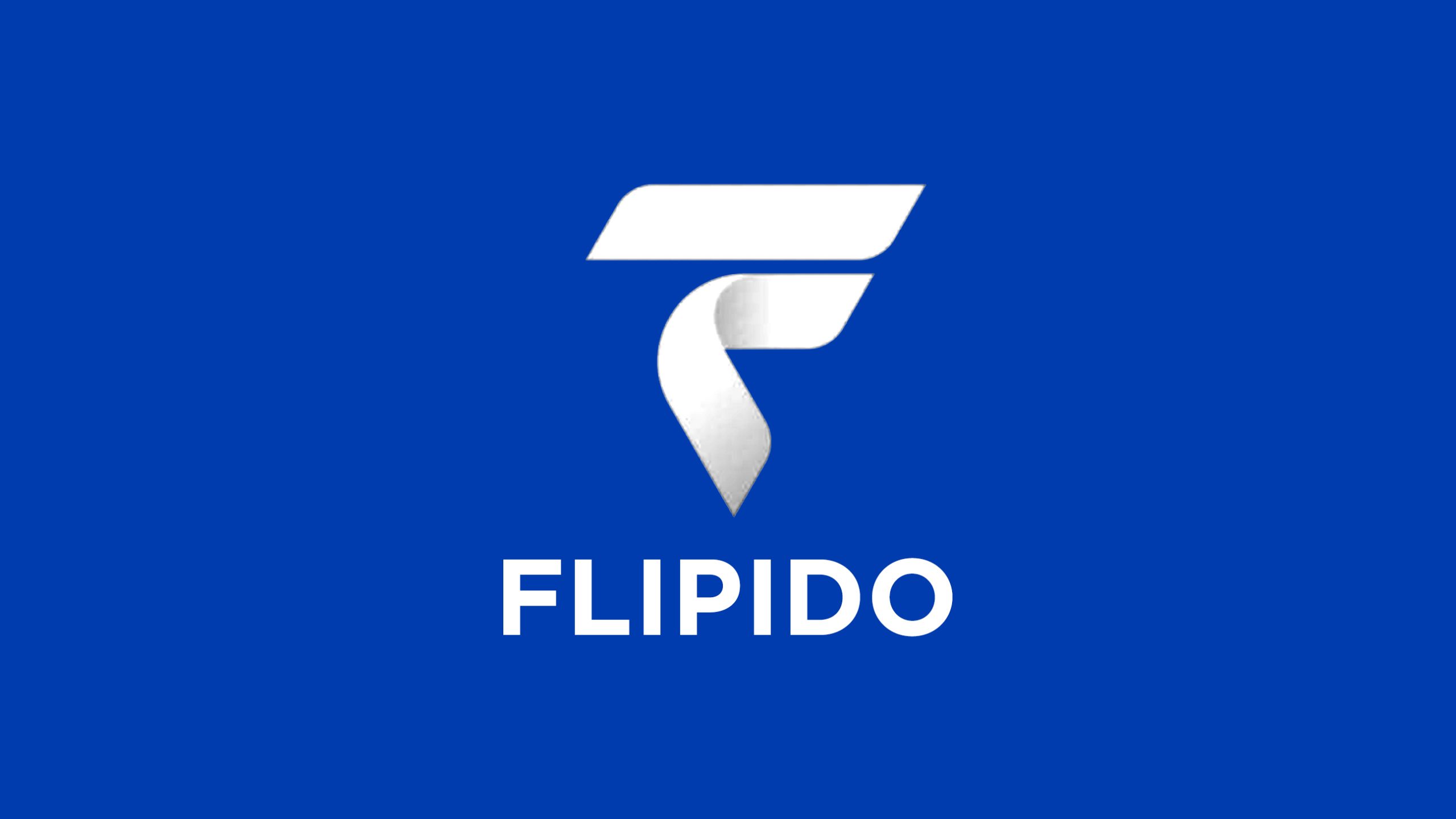Blockchain
“A Virtual Economy is As Real.” NeoWorld COO Kane spoke of the Economics Design at Crypto Games Conference in Minsk

 Reading Time: 2 minutes
Reading Time: 2 minutes
At the largest blockchain game event in the world — Minsk Crypto Games conference, NeoWorld COO Kane shared the team’s experiences and findings after a year into managing a virtual economy in the NeoWorld.
The conference held on 24 and 25 April in Minsk, Belarus, attracted global attention with companies and audience from around the clock. NeoWorld was invited to showcase the virtual world project amongst other prominent projects like MyCryptoHeroes, Axie Infinity, Blockchain Cuties.
NeoWorld, despite being one of its own kind in the blockchain games industry, has attracted far more players than most blockchain games — over 50,000 players and maintained a steady DAU of over 5,000. The idea of collectively building a virtual world charmed players from more than 50 countries. Join the telegram group https://t.me/Neoworldio to mingle around.
Kane, however, stressed that the concept of a robust virtual economy is essential for the game to continue to move forward with full steam after launching a year ago. Most crypto games faded out of the scene in a few months’ time, as early adopters lost interests in the collectibles. “Since inception, NeoWorld is designed to be a User-Generated-Content platform, which means players, individuals or professional studios, create contents in the virtual world. The virtual world will grow organically, as time goes by,” Kane explained the unconventional design concept of NeoWorld in his speech during the conference.
UGC type of game is the prevailing trend in the mainstream game industry today, with leaders like MineCraft or Roblox getting insanely popular amongst the next generation. Blockchain games pioneers are also enthusiastically experimenting possibilities of creating a brand new type of games with UGC and crypto economies.
NeoWorld team comprises of finance professionals and is advised by experts with macroeconomics background, like economists from policy banks or universities.
“Selling your token is never the more the merrier,” Kane explained in the dialogue sessions and emphasized that crypto game tokens should be managed conceptually like monetary supplies in real economies and follow fiscal and monetary policy principals.
The NeoWorld project thrived without an ICO or massive fundraising. Funded internally, it is cashflow positive from in-game transaction commissions. The project is expected to close a round of fundraising soon to cater to strong institutional demands and to further finance its global expansion.
SOURCE NeoWorld Technology
Blockchain
Blocks & Headlines: Today in Blockchain – May 7, 2025 | Coinbase, Riot Games, Curve DAO, Litecoin, AR.IO

Today’s blockchain and cryptocurrency landscape is as dynamic as ever, with marquee partnerships, industry-wide reckonings, and groundbreaking applications reshaping how we think about digital assets. In this op-ed style daily briefing, we explore five major developments from May 6 – 7, 2025:
-
Coinbase & Riot Games Forge Esports Alliance
-
“Too Many Blockchains?” Industry Introspection
-
Blockchain’s Health-Tech Revolution
-
Valour Adds Curve DAO & Litecoin ETPs in the Nordics
-
AR.IO Enables Credit-Card Onramps for Web3 Identity & Hosting
Through concise yet detailed coverage, we analyze each story’s implications for blockchain, cryptocurrency, Web3, DeFi, and NFTs. Welcome to your Blocks & Headlines daily briefing—where opinion meets analysis.
1. Coinbase & Riot Games Forge Esports Alliance
Source: Coinbase Blog
Date: May 6, 2025
In a landmark partnership that bridges digital finance with digital competition, Coinbase has been named the exclusive cryptocurrency exchange and official blockchain technology partner of Riot Games’ global League of Legends and VALORANT esports events. Starting with the VCT Masters tournament in Toronto on June 7, Coinbase will integrate “live Econ Reports” and “Gold Grind” segments into broadcasts, offering running analyses of in-game currency flows, alongside exclusive digital drops like emotes and icons redeemable by viewers.
Opinion: This move is a masterstroke for mainstream crypto adoption. Esports’ digitally native fanbase aligns perfectly with blockchain’s ethos of transparency and community governance. Coinbase’s embrace of in-game analytics not only educates viewers on micro-economies but also paves the way for future on-chain game mechanics—potentially unlocking true digital ownership of skins and items as NFTs. Expect other exchanges to follow suit or risk missing out on Gen Z’s next frontier of fandom.
2. “Too Many Blockchains?” Industry Introspection
Source: Blockworks
Date: May 6, 2025
As venture capital floods yet another dozen Layer-1 protocols each quarter, seasoned observers are questioning sustainability. Donovan Choy of Blockworks highlights that new chains like Camp Network, Unto, and Miden collectively raised north of $70 million in the past week alone—despite Sui’s market-cap spike lacking any commensurate fee revenue. While some attribute this proliferation to speculative greed chasing the elusive L1 premium, others credit genuine technical divergence—differing visions on execution environments, MEV capture, and data-availability layers.
Opinion: The free market appears to be self-correcting: L1 valuations are compressing, and public markets are already signaling fatigue. Yet, technical fragmentation has its merits—competition drives innovation in consensus, sharding, and gas-fee economics. The looming challenge is application-chain misalignment: developers face choice paralysis and liquidity fragmentation. A pivot toward cross-chain composability—and perhaps the rise of federated execution environments—will determine which chains survive the next cycle. Investors should look for interoperability roadmaps rather than mere tokenomics hype.
3. Blockchain’s Health-Tech Revolution
Source: DataHorizzon Research via OpenPR
Date: May 7, 2025
Blockchain in healthcare is projected to surge from a $4.57 billion market in 2023 to $34.7 billion by 2033 (CAGR 22.9%). Key drivers include:
-
Data Integrity & Security: Immutable ledgers ensure tamper-proof electronic health records, bolstering HIPAA and GDPR compliance.
-
Interoperability: Permissioned smart contracts automate cross-institutional data access, alleviating EHR fragmentation.
-
Supply-Chain Traceability: Real-time drug tracking combats counterfeits and streamlines recalls.
-
Claims Automation: Shared ledgers reduce fraud and billing lags via automated smart-contract adjudication.
-
Research Collaboration: Timestamped trial data and consent forms create verifiable audit trails.
Leading players—IBM Watson Health, Guardtime, Longenesis, Chronicled, BurstIQ, and more—are moving beyond pilots in Estonia and Merck’s vaccine cold-chain projects toward enterprise-scale rollouts.
Opinion: Healthcare’s conservative nature makes blockchain’s strides here particularly noteworthy. The confluence of AI analytics with secure datasets promises predictive diagnostics powered by immutable provenance. Yet, regulatory uncertainty and integration with legacy EHR platforms remain significant hurdles. The winners will be those who offer turnkey compliance frameworks and hybrid on-chain/off-chain models that respect “right to be forgotten” laws while preserving auditability.
4. Valour Adds Curve DAO & Litecoin ETPs in the Nordics
Source: GlobeNewswire (via GlobeNewswire and CoinCentral)
Date: May 7, 2025
DeFi Technologies’ subsidiary Valour has listed single-asset SEK-denominated ETPs for Curve DAO (CRV) and Litecoin (LTC) on Sweden’s Spotlight Stock Market—bringing its Nordic ETP lineup to over 67 products on the path to 100 by year-end. Upcoming listings include Tron (TRX), Stellar (XLM), and leveraged Bitcoin (BTC 2×) and Ethereum (ETH 2×) products.
Opinion: ETPs bridge traditional capital markets with on-chain assets, offering regulated wrappers for institutional and retail investors. Valour’s Nordic expansion underscores Europe’s leadership in crypto security tokenization. However, as ETP count balloons, product fatigue may set in. Success lies not in sheer quantity but in thematic curation and transparent fee structures—particularly for DeFi-native tokens like CRV, where governance risk and protocol upgrades can materially impact value.
5. AR.IO Enables Credit-Card Onramps for Web3 Identity & Hosting
Source: Chainwire (as published by MENAFN)
Date: May 6, 2025
AR.IO—the world’s first permanent cloud network built on Arweave—has launched “Turbo,” an open-source bundler that lets users purchase Arweave credits via credit card for its ArNS domain‐name and web-hosting service. ArNS domains are immutable smart contracts on Arweave, offering permanent websites and on-chain identities without renewal fees, served by 400+ decentralized gateways.
Opinion: Simplifying fiat → crypto onramps remains a critical barrier for mainstream Web3 adoption. By integrating credit-card payments, AR.IO lowers friction for developers and businesses wanting censorship-resistant hosting. The true long-term play is embedding real-world payment rails into decentralized infrastructure—setting a precedent for other ledger-based services (e.g., Filecoin, IPFS pinning). If AR.IO can combine permanency with user-friendly billing, we may witness a tipping point in Web3’s shift from hobbyist experiments to enterprise solutions.
Conclusion
Today’s slate of headlines spans from consumer-facing esports innovations to deep industry self-reflection, from life-saving healthcare applications to sophisticated investment vehicles, and finally, critical infrastructure enabling mainstream onramps. Across every sector—gaming, finance, healthcare, asset management, and infrastructure—the recurring theme is bridging gaps:
-
On-chain & off-chain: through fiat onramps and traditional ETP listings
-
New chains & legacy systems: via interoperability and hybrid architectures
-
Speculation & real-world utility: with tangible ROI in healthcare and esports
For enthusiasts and professionals alike, the imperative is clear: focus on solutions that marry blockchain’s core benefits—transparency, security, decentralization—with seamless user experiences and regulatory alignment. Only then will we see blockchain and crypto transcend niche fervor to become indispensable pillars of tomorrow’s digital economy.
The post Blocks & Headlines: Today in Blockchain – May 7, 2025 | Coinbase, Riot Games, Curve DAO, Litecoin, AR.IO appeared first on News, Events, Advertising Options.
Blockchain
Colb Asset SA Raises $7.3 Million in Oversubscribed Round to Bring Pre-IPO Giants to Blockchain
Blockchain
Flipido Trading Center Launches ‘Flipido Learn’ Platform to Empower Crypto Investors Through Education
-
Blockchain6 days ago
Mercurity Fintech’s Chaince Securities Appointed as Strategic Advisor for Classover’s Solana-Focused Treasury Strategy
-
Blockchain6 days ago
HODL 2025: Blockchain’s Brightest Minds. All in Dubai
-

 Blockchain Press Releases6 days ago
Blockchain Press Releases6 days agoFrom Exchange to Ecosystem Builder: MEXC Celebrates 7th Anniversary at TOKEN2049 Dubai with $300M Ecosystem Development Fund Launch
-

 Blockchain Press Releases6 days ago
Blockchain Press Releases6 days agoInterlace Debuts at Token2049 to Accelerate Web2-Web3 Integration Across MENA
-

 Blockchain Press Releases7 days ago
Blockchain Press Releases7 days agoMEXC Ventures Announces $300 Million Ecosystem Development Fund at Token2049 Event
-

 Blockchain Press Releases6 days ago
Blockchain Press Releases6 days agoRain and Visa Partner to Accelerate Onchain Credit Cards
-

 Blockchain6 days ago
Blockchain6 days agoSkyCrest Capital Launches SkyAlpha X 2.0 AI System and Innovative SkyFund Protocol (SKF)
-

 Blockchain Press Releases5 days ago
Blockchain Press Releases5 days agoBybit and St. Paul American Scholars School Furthers Partnership Commitment in Bybit’s HQ Visit































